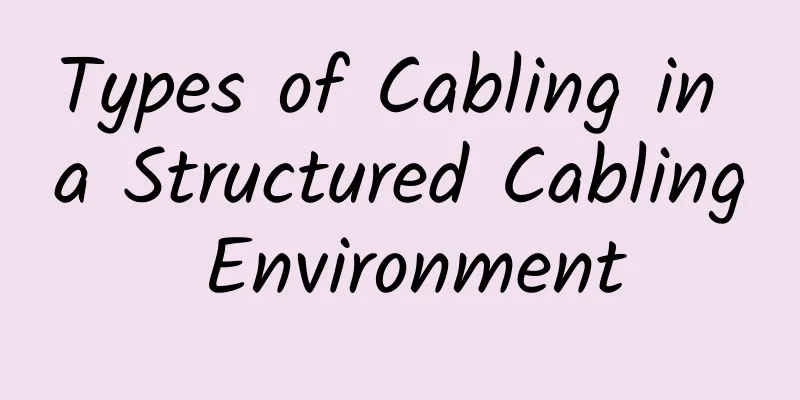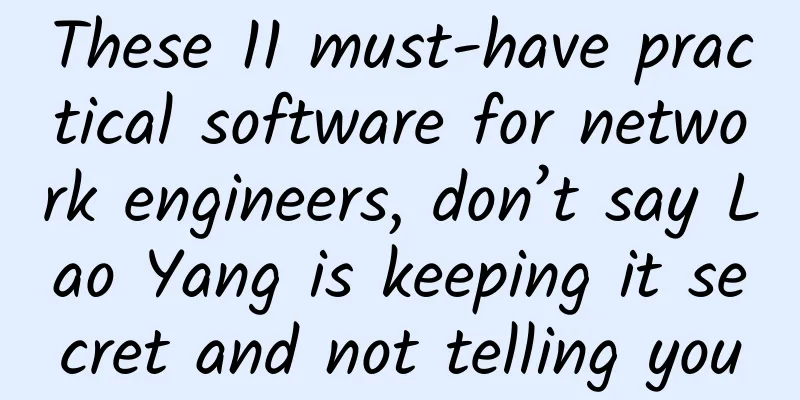Types of Cabling in a Structured Cabling Environment

|
If you are considering a structured cabling environment, or perhaps already use a variety of different types of cabling, this article will explore the most common types of cabling used in a structured cabling environment. Fiber Optic CablingFiber optic cabling has been around for a long time but has recently become more popular due to its ability to transmit data faster than other types of cabling. Since fiber optic cables use no metal wires or connectors, they are well suited for both indoor and outdoor environments. Fiber optic cabling is also generally more expensive than other types of cabling, but the enhanced performance makes up for the added cost. Advantages of fiber optic cabling:
Disadvantages of fiber optic cabling:
Twisted Pair CablingIn most Ethernet networks, twisted pair cabling is used. The insulation or outer sheath of the cabling consists of four pairs of thin metal wires or conductors. Each pair is twisted into several additional twists. These twists help prevent signal interference from other devices and, more importantly, from neighboring cables. Twisted pair cabling is a good choice for businesses that need to run cabling over long distances. Although twisted pair cabling is best suited for indoor environments, it is also often seen in certain outdoor applications. Examples of commonly used twisted pair cables include Cat3, Cat5, and Cat6. Advantages of twisted pair cabling:
Disadvantages of twisted pair wiring:
Other Types of Cabling in a Structured Cabling Environment There are various other types of cabling in a structured cabling environment. In addition to twisted pair and fiber optic cables, businesses often use coaxial cables or telephone lines. Coaxial CableCoaxial cable, sometimes called "coax," is a type of cable in which an insulating layer surrounds an inner conductor and then a conductive shield. Many also include an insulating jacket. The electrical signal passes through the center conductor. Coaxial cable can transmit data much faster than phone lines, so it may be a good choice if there is an application that requires higher speeds. Advantages of coaxial cable:
Disadvantages of coaxial cable:
Telephone line In some cases, a business may need copper phone lines instead of coaxial or fiber optic cabling. This usually happens when a business only has a few devices that need to be connected to the network.
Disadvantages of telephone lines:
Choosing structured cabling solutions for your business The type of cabling used in a structured cabling environment depends on the needs and size of the business. |
<<: What are the six components of structured cabling?
>>: Why bridging 5G and Wi-Fi is key to a connected future
Recommend
[Python Flask Practice] Get HTTP request data
[[389990]] When the client accesses the server pr...
spinservers June promotion: 10Gbps server from $119/month, Dual Silver4116/64G memory/1TB NVme hard drive
spinservers has released a regular promotion for ...
Why SD-WAN Won’t Kill MPLS
"SD-WAN will replace MPLS" is a common ...
Changes to the Internet in 2018
There are already many articles in the industry p...
What will happen to 5G base stations if power is cut off? Can operators handle the performance?
Power outages are happening all over the country,...
GSA: Global 5G user numbers doubled in Q2, LTE market to decline from 2023
Nearly 800 million of these LTE subscriptions wer...
[11.11] OneTechCloud 30% off monthly VPS, 10% off dedicated servers, Hong Kong CN2, US CN2, CN2 GIA high defense optional
OneTechCloud (Yikeyun) launched a promotion durin...
Ruijie Networks 2019 Partner Conference held: Join hands with partners to seek growth and work together to soar
On March 6, the Ruijie Networks 2019 Partner Conf...
When the 2G/3G network is down, will your IoT work properly?
Over the past few years, we’ve seen a lot of head...
Megalayer: 199 yuan/month-E3-1230/8GB/1TB (HDD) or 240G (SSD)/30M~1Gbps bandwidth/optional CN2
Megalayer was founded in 2019. It is a Chinese-ow...
LuxVPS: €3/month KVM-4GB/30GB/1TB/Germany data center
The LuxVPS domain name was registered in June 202...
MWC19 Shanghai | Ruijie Networks invites you to gather together to see the cutting-edge and talk about the future
[[268236]] June 26-28 Asia's technology indus...
Use Qt to create your own serial port debugging assistant
[[376484]] In my work, the thing I deal with most...
The Changing Data Center: The Impact of Network Costs
As data center infrastructure adopts artificial i...
In 2017, more than 200 operators around the world planned to incorporate 5G network architecture elements into their 4G networks.
[[182055]] Deloitte’s Technology, Media and Telec...









